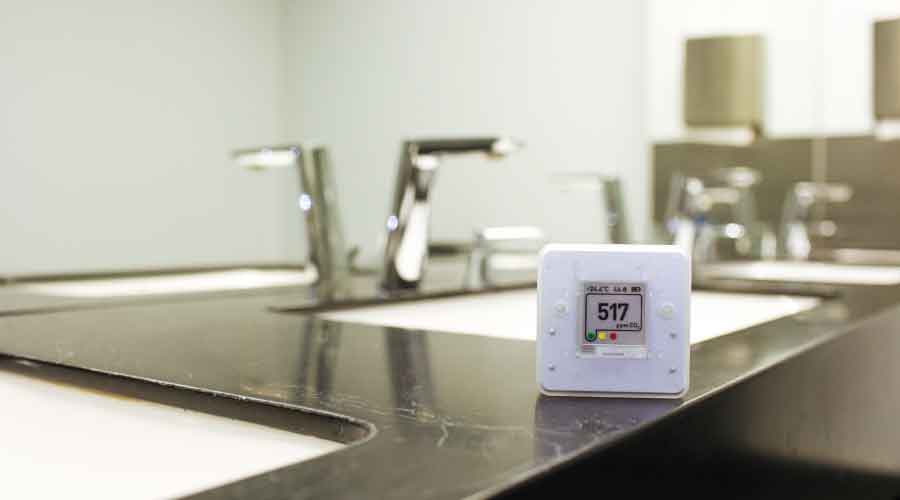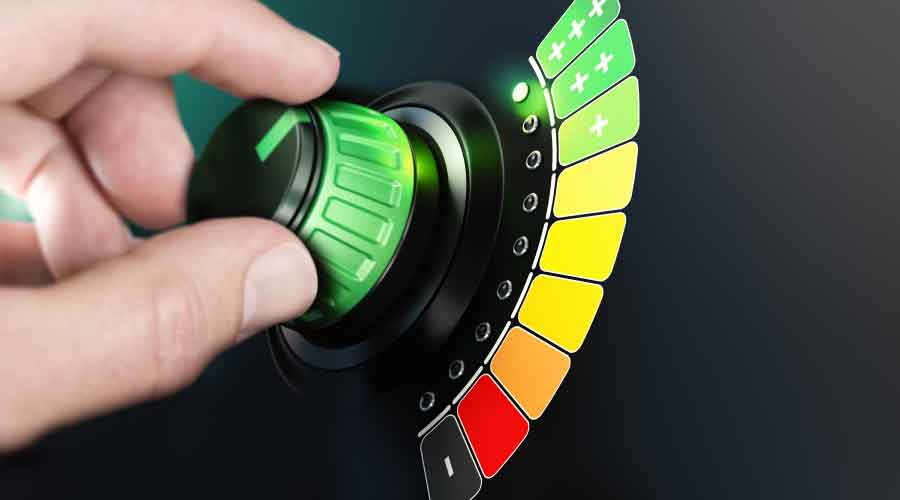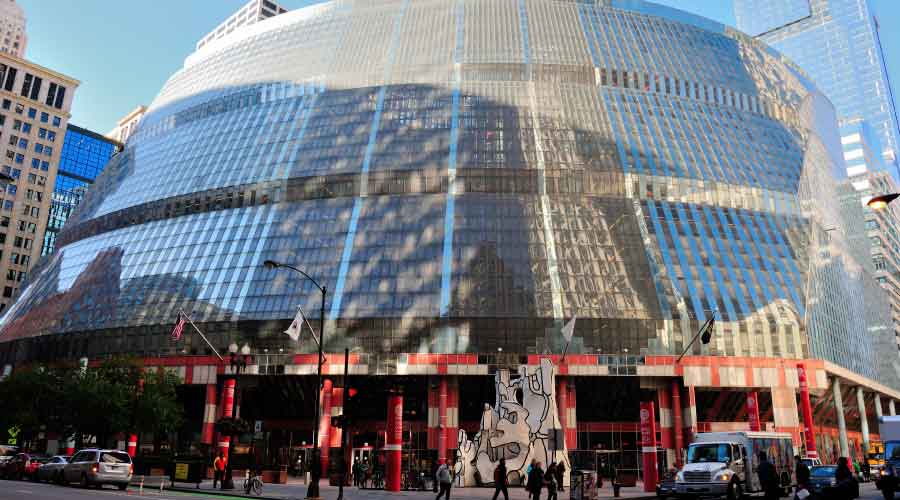
NIST Develops Tool to Help Assess IAQ, Ventilation
Free tool helps calculate carbon dioxide levels in buildings and prevent contaminants from spreading. August 3, 2022
As facility managers have learned over the last 2½ years, indoor air quality (IAQ) is now a popular topic of discussion for building occupants since the COVID-19 pandemic started.
And as those managers have known for years, a key ingredient for good IAQ is good ventilation. One simple method that managers can use to determine if a space is well-ventilated is to measure indoor carbon dioxide (CO2) levels.
CO2 is not only in the sky, but found in institutional and commercial buildings and part of the air we breathe. Good ventilation keeps the concentrations of CO2 and contaminants low to protect occupants and prevent contaminants from accumulating.
Managers are always looking for ways to improve IAQ in their facilities. The National Institute of Standards and Technology (NIST) developed a free tool that calculates target CO2 levels based on the user’s desired ventilation rate and information about the building and its occupants. With the NIST resource, managers can use CO2 readings to routinely check ventilation, detecting potentially unfavorable conditions that could lead to the buildup of harmful contaminants.
“By measuring CO2, you can verify that you’re achieving the ventilation rate that your space was designed for, but you need to consider all the factors that impact CO2 levels,” says NIST Fellow Andrew Persily, author of a new paper in the journal Indoor Air that describes how to properly use CO2 to gauge ventilation and the NIST tool.
CO2 monitoring technology rose in popularity during the pandemic, as federal and industry experts recommended improved ventilation along with using other measures such as masks and air filters, which do not capture CO2 but can stop the spread of infectious aerosols. But monitoring is only half the battle.
“With the pandemic, many restaurants and other kinds of businesses started putting CO2 monitors on the wall. But what do those numbers they are showing mean,” Persily says.
Next
Read next on FacilitiesNet












